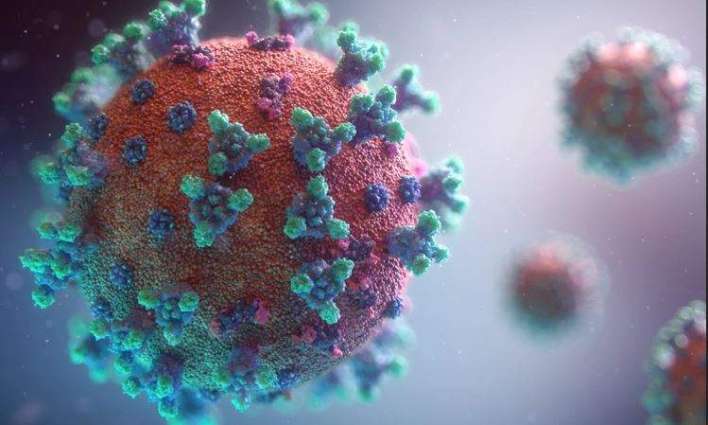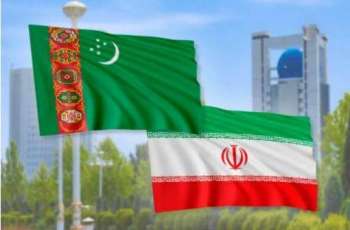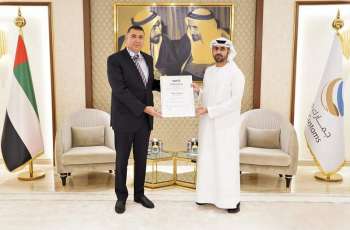The United Kingdom's Porton Down military laboratory has created an artificial finger to learn how the coronavirus spreads on surfaces, The Times reported on Tuesday
MOSCOW (Pakistan Point News / Sputnik - 09th February, 2021) The United Kingdom's Porton Down military laboratory has created an artificial finger to learn how the coronavirus spreads on surfaces, The Times reported on Tuesday.
The silicon prosthetic will be used to touch different materials contaminated with the virus for various lengths to establish how long the latter survives on surfaces.
Professor Tim Atkins of Porton Down stressed the importance of the study, noting that the coronavirus could be transmitted through contact and via aerosols.
"If I have Covid and I touch this wall and then you touch the wall and you touch your face, you may contract the disease as well," Atkins said, as quoted by the newspaper.
Amanda Phelps, a virologist at the laboratory, explained that the fake finger mimics the ridges and curves of a human finger and also replicates sebum.
Researchers, the newspaper went on, are also looking into the use of smartwatches to alert a soldier about whether they have been infected with a pathogen like coronavirus, the plague or anthrax or if they are at risk of multiple-organ failure days before they fall ill.
If trials prove successful, servicemen could use the technology on the battlefield.
The Porton Down lab came into the international spotlight in 2018, when it was involved in probing the alleged use of a military-grade nerve agent against ex-Russian double agent Sergei Skripal and his daughter in Salisbury, just seven miles from the top secret chemical research facility.
In contrast to the UK leadership's allegations, the lab stated back then that it could not prove that the nerve agent used in the Salisbury attack had been made in Russia or determine its country of origin.




